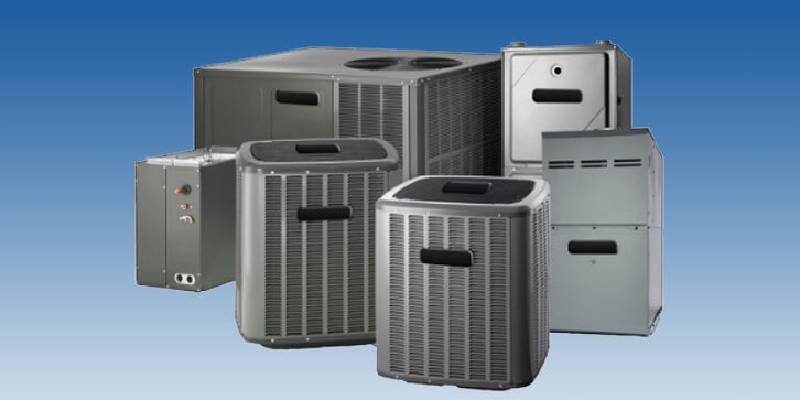Adding Smart Pumps To HVAC Systems For Better Efficiency

The Pros Of Using A Concrete Pump
February 15, 2019
Understanding Ground Source Energy Heat Pumps
March 10, 2019Adding Smart Pumps To HVAC Systems For Better Efficiency

It is said that the demand for electrical energy will double by the year 2030 which means the path for a global energy crisis is already set. Furthermore, there is a critical necessity to reduce the CO2 emission by 50% to cease the adverse impact on the environment. Though there are many factors that contribute to both these issues, one of the leading energy consumers are commercial buildings. Moreover, they present a uniquely positive opportunity of improving energy efficiency.
In this article, we take a look at how using smarter pumps in the HVAC systems installed in commercial buildings can lead to less utilisation of energy. Right now, huge buildings consume about 35% of the total energy created by a country. Out of this 35%, 40% is utilised by the HVAC systems implemented in the buildings. These systems are installed with a number of pumps. 40% of the cost of pumps is mostly the energy they use. Altogether, better pumps can reduce the consumption of power on a broader level.
What is HVAC?
It is a generic term used to define a system that controls cooling, ventilation, humidity, and heating of a complex. The HVAC is principally made of two technologies: fans and pumps. Therefore, when smarter pumps are implemented in the systems, they operate better and more efficiently. Here is a look at how that can happen.
Improved Design of Pumps
The size of the pump and how it is operated is critical to the energy consumption of the system. In most instances, the everyday (or weekly) operating cycle of the pump changes significantly. It results in increased energy intake and reduced efficiency of the system, i.e., not optimal operating conditions.
In some cases, the size of the pump in the HVAC is bigger so that future expansion can be done easily. This decreases the efficiency of the system and upsurges the energy it consumes. A perfect example of how pumps are being inaccurately used is the difference in loading during day and night. When the building is occupied (day) the pumps work precisely as needed, but when the building is empty (night), a smarter designed pump is required which adapts to the conditions.
More Maintenance
25% of the life-cycle cost of a pump is maintenance. Clogged strainers or debris can reduce the efficiency of a pump, while a maintained pump will need less energy to work at the same level.
Read More : The Pros Of Using A Concrete Pump

